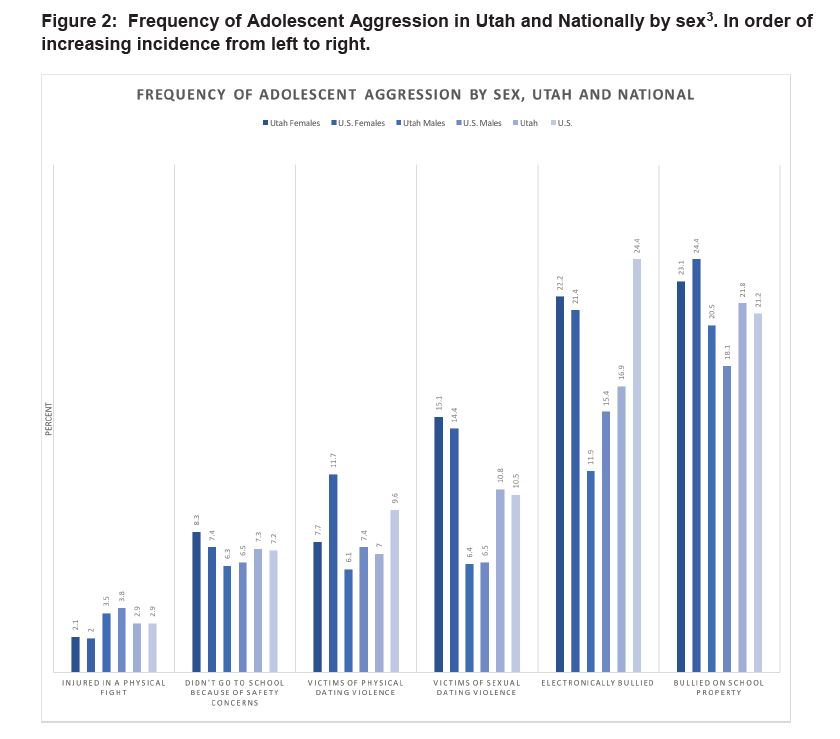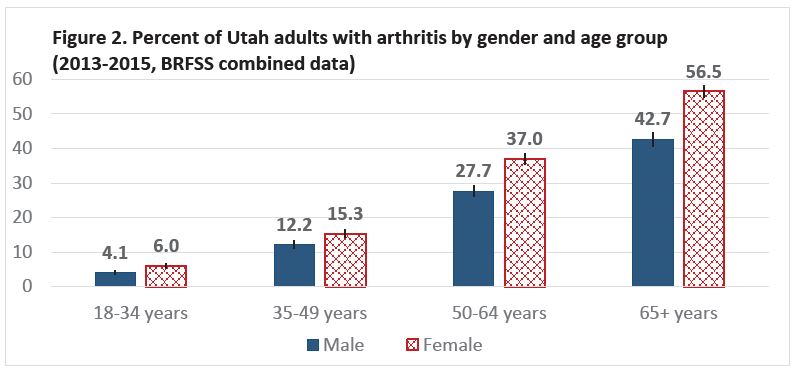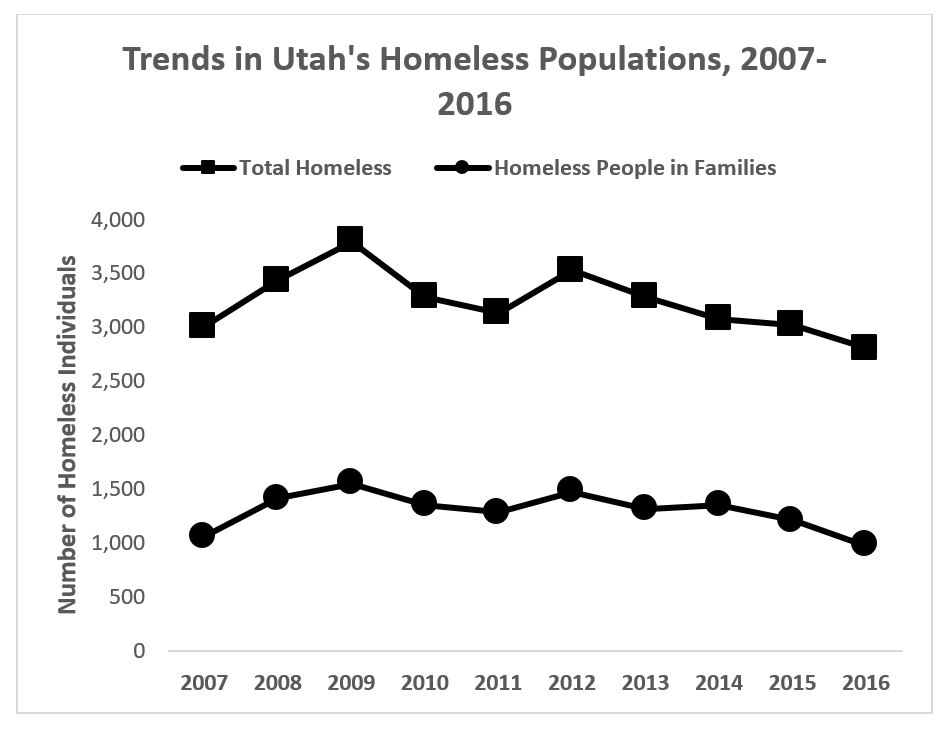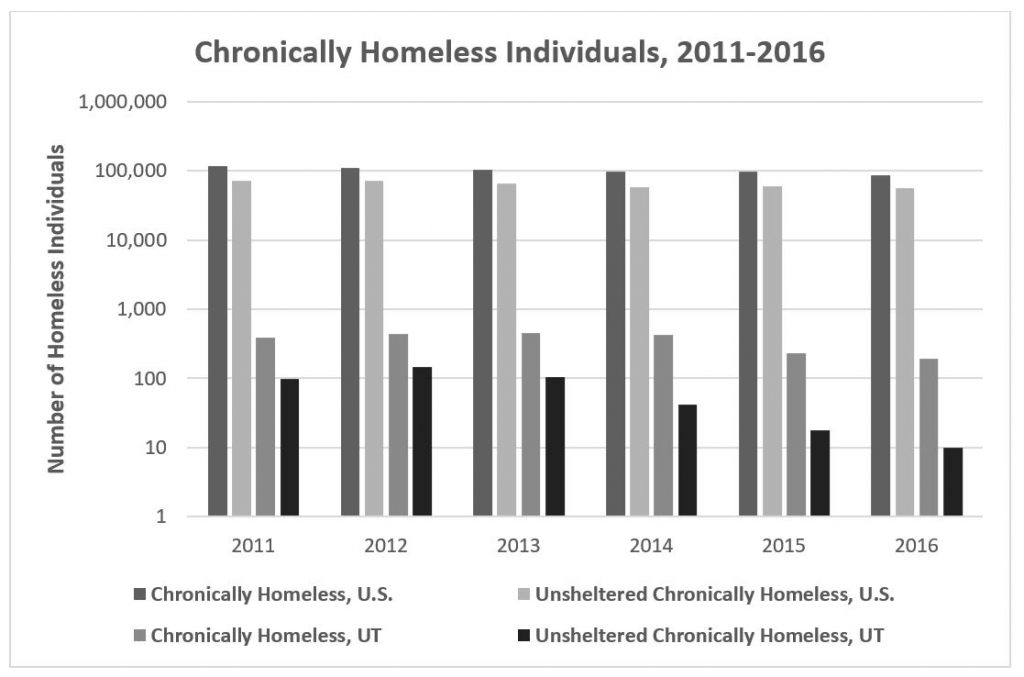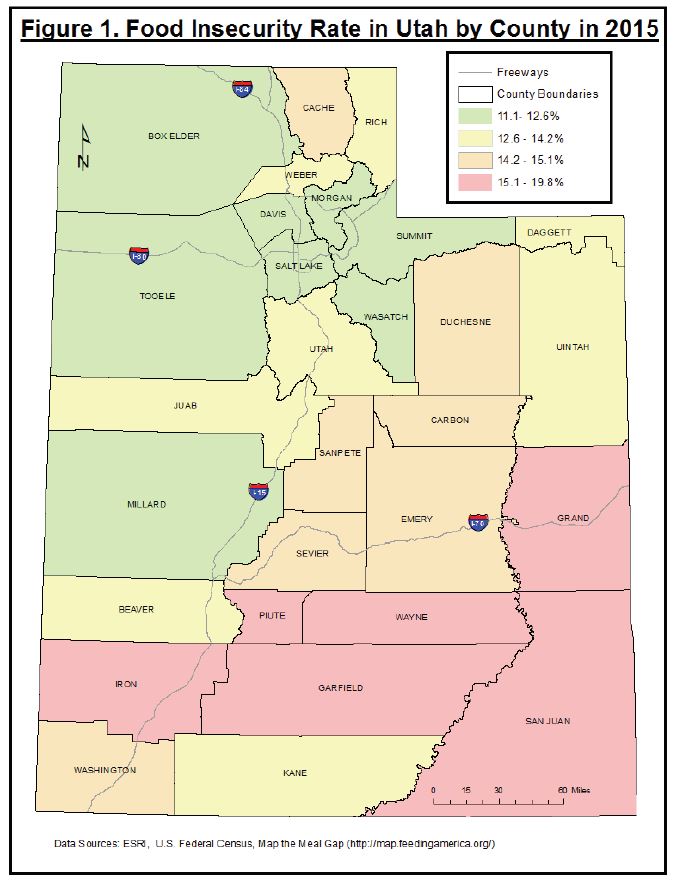Milk banking has been around for over one hundred years. The first human milk bank opened in 1909 in Vienna, Austria. The first milk bank in the United States opened in 1919 in Boston, Massachusetts. The Human Milk Banking Association of North America (HMBANA) was organized in 1985 to establish guidelines for milk banking in North America and to work with the medical community and non-profit donor milk banks. The mission of HMBANA is to “promote the health of babies and mothers through the provision of safe pasteurized donor milk and support of breastfeeding” (HMBANA: about-us). 27 non-profit milk banks in the United States and Canada are currently in operation. In Utah, the Mountain West Mothers’ Milk Bank (MWMMB, https://www.giveyourmilk.org/) is a developing milk bank.
The MWMMB has partnered with Colorado’s Rocky Mountain Children’s Health Foundation Mothers’ Milk Bank (https://rmchildren.org/mothers-milk-bank/). As part of an effort to be an operating non-profit human milk bank, human milk donor donation sites have been set up in Utah and Idaho. There are currently a number of human milk donation sites in operation throughout Utah and Idaho with several more upcoming developing human milk donation sites. At this time, operations as a fully operational human milk donor bank have not started, as collected milk must be sent to Denver for processing.
Utah has one of the highest breastfeeding rates in the nation, with 89.7 percent of babies being breastfed at some point according to the 2018 Center for Disease Control Breastfeeding Report Card (https://www.cdc.gov/breastfeeding/data/reportcard.htm). However, only 49.7 percent of these infants are exclusively breastfeeding at three months and 27.8 percent are exclusively breastfeeding at six months. Some mothers who had planned to breastfeed or provide exclusive human milk are unable to do so. Supplementation of the mother’s own milk with donor pasteurized human milk (PHM) can be beneficial to all infants. Very low birth weight infants (less than 1500 grams) whose mothers are unable to produce enough milk are a high-risk group who receive several health and cognitive benefits from donor PHM.
Human milk banks following the HMBANA guidelines provide a safe alternative. The 2016 American Academy of Pediatrics (AAP) policy statement on donor PHM for the high risk infant recommends mothers’ own milk for this population. When mothers’ own milk is unavailable or the mother cannot provide enough milk, the AAP recommends use of donor PHM, with priority to be given for infants less than 1500 grams. Many Utah hospitals have policies to provide donor PHM for infants with low birth weights, as well as for infants with other medical conditions such as intestinal diseases. Studies of these high risk infants have shown improved feeding tolerance when fed donor PHM (AAP 2017). More recent studies are showing improved growth outcomes in this population.
The pasteurization process does impact human milk. Lactoferrin, lysozyme, and secretory IgA and immunoglobulin proteins are significantly decreased in PHM. According to Landers and Hartmann (2013), these concentrations are reduced by 50-80 percent. Some of the anti-inflammatory factors, cells, and other immunoactive factors are also destroyed during the Holder pasteurization according to the AAP (2017) and Landers and Hartmann (2013). Other nutrients, along with macro and micronutrients, are not significantly decreased as a result of the pasteurization process. Despite reductions in these constituents, the AAP reports positive clinical outcomes including improved feeding tolerance. These positive outcomes support use of donor PHM.
Landers and Hartmann (2013) report the consensus among neonatologists regarding use and efficacy of donor PHM is the greatest barrier to its use in the NBICU. Another barrier to use of donor PHM in the NBICU is the cost of purchasing the milk. Availability of donor PHM has also been a concern and a barrier to its use. Another barrier is the perceived risks and safety of the milk. According to Landers and Hartmann (2013), risks from infectious disease are believed to be very low, negligible in fact as no reported cases have been reported of infection or viral transmission from donor PHM feedings. Additional concerns regarding donor PHM include risks associated with infectious and noninfectious bacteria and other viruses that may be found in human milk. Human milk banks following HMBANA guidelines screen incoming milk and also run bacteriologic cultures on a routine basis. The Holder pasteurization process has been shown to remove and destroy a wide variety of bacteria and viruses including cytomegalovirus (CMV).
The mother’s own milk is the best and first option for all infants, as it provides both short- and long-term benefits into childhood and adult life. This protective benefit of mother’s milk is dose-related; however, many health improvements have been documented with any breastfeeding. The AAP Policy Statement on Breastfeeding and Use of Human Milk (2012) discusses these benefits and improved health outcomes. Picaud and Buffin (2017) attribute these benefits to the unique bioactive substances in mother’s milk is and report mother’s milk as essential to the newborn, who naturally is born with an immature digestive and immune system.
Multiple studies and review articles which discuss the risks of infant formula and the benefits of human milk (both mother’s own and donor PHM) have been published. Risk reduction in many diseases and improved health outcomes is well documented, such as documentation of a significant reduction in necrotizing enterocolitis (NEC), retinopathy of prematurity, and late-onset sepsis. Studies have shown that PHM retains protective abilities to inhibit bacterial growth despite reductions in immunological properties from pasteurization, making donor PHM absolutely essential for this high-risk group (Picaud & Buffin 2017).
Nationally and in the state of Utah, significant differences exist between hospitals regarding use of donor PHM and policies supporting its use in high-risk infants. The use of donor PHM as a bridge for all infants also varies between hospital systems in Utah, as some hospitals use it as their standard of care while others do not even have donor PHM in their facilities.
Providing and using donor PHM intersects between the physical health domain and the emotional health domain. In Lois Arnold’s 2006 article about global health policies, she quotes the United Nations Universal Declaration of Human Rights, article 25 “Everyone has the right to a standard of living adequate for the health and well-being of himself and of his family including food, clothing, housing and medical care…” (Arnold 2006, https://www.ohchr.org/EN/Issues/Health/Pages/Interna-tionalStandards.aspx). She also states that the same protections should be provided to all children regardless of health status and risk, whether they are term births, premature, or sick with congenital anomalies or other illnesses. According to Arnold, all children should have the same opportunities for the best possible health outcomes. For the infant whose mother cannot produce enough milk to meet her infant’s needs, or the mother who is unable to provide milk for her newborn, banked donor PHM provides a safe and essential option to promote optimal health for these infants.
To ensure that the rights of women, children and infants are protected; Arnold (2006) stresses the importance of protecting and supporting breastfeeding mothers in the hospital setting and after discharge. The University of Utah is the only hospital in the state with the Baby-Friendly Hospital designation (CDC 2016). The Baby-Friendly Hospital Initiative (BFHI) is a global program recognizing hospitals for successful implementation of the WHO/UNICEF Ten Steps to Successful Breastfeeding. The Utah Department of Health Maternal and Infant Health Program is currently promoting Stepping UP for Utah Babies a collaborative working with Utah hospitals to support breastfeeding in their facilities. This program has a toolkit for hospitals to implement the Ten Steps to Successful Breastfeeding (https://www.unicef.org/newsline/tenstps.htm).
Research has shown that hospitals implementing the Ten Steps to Successful Breastfeeding positively impact initiation and duration of breastfeeding. Leadership organizations and health care professionals in Utah communities and at state and national levels are needed to increase donations of mother’s milk, and to increase the number of donors who provide donor milk to those in need. The Mountain West Mothers’ Milk Bank has started to serve as a community donor milk bank, thereby providing leadership opportunities to increase donations of mothers’ milk. Communities benefit from donor milk banks, as their presence increases awareness of the importance of donor milk to high-risk infants and to infants whose mother is unable to provide this valuable resource.
References
- American Academy of Pediatrics (2017).Committee on Nutrition, Section on Breastfeeding Policy Statement. Donor Human Milk for the High Risk Infant: Preparation, Safety, and Usage Options in the United States. Pediatrics, 139(1), doi:10.1542/peds.2016-3440.
- American Academy of Pediatrics (2012). Committee on Nutrition, Section on Breastfeeding Policy Statement. Breastfeeding and the Use of Human Milk. Pediatrics, 129(3), e827-841, doi:10.1542/peds.2011-3552.
- Arnold, L.DW. (2006). Global health policies that support the use of banked donor human milk: a human rights issue. International Breastfeeding Journal, 1,26. doi:10.1186/1746-4358-1-26.
- Centers for Disease Control (2018) Breastfeeding Report Card. Retrieved from https://www.cdc.gov/breastfeed- ing/data/reportcard.htm Accessed April 29, 2019.
- Human Milk Banking Association of North America. Retrieved from https://www.hmbana.org/about-us/ Accessed April 29, 2019.
- Landers, S., and Hartmann, B. T. (2013). Donor human milk banking and the emergence of milk sharing. Pediatr Clin North Am, 60, 247-260. Doi:10.1016/j.pcl.2012.09.009
- Picaus, J. C., and Buffin, R. (2017). Human Milk Treatment and Quality of Banked Human Milk. Clin Perinatol, 44, 95-119. Doi:10.1016/j.clp.2016.11.003.
- Utah Department of Health. Maternal and Infant Health Program (MIHP) Stepping Up for Utah Babies. Retrieved from https://mihp.utah.gov/stepping-up-for-utah-babies Accessed June 30, 2017.
Citation
Lechtenberg E. (2019). Milk Banking. Utah Women’s Health Review. doi: 10.26054/0KANH91T5Z.








